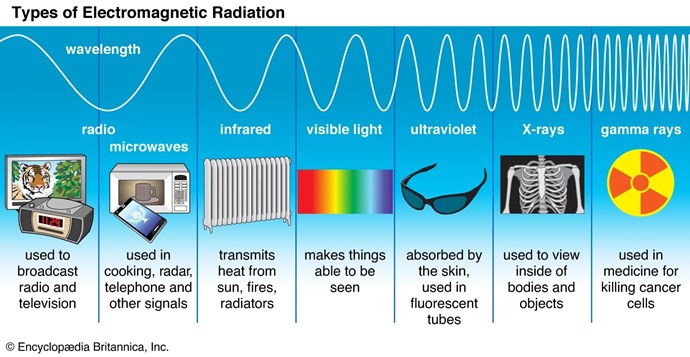My Friends,
I posted a small experiment, Here, that converts your El Cheapo, budget Camera to see Infrared Spectrum.
The Infrared Spectrum is part of the Electromagnetic Spectrum:
The electromagnetic (EM) spectrum is the range of all types of EM radiation. Radiation is energy that travels and spreads out as it goes – the visible light that comes from a lamp in your house and the radio waves that come from a radio station are two types of electromagnetic radiation. The other types of EM radiation that make up the electromagnetic spectrum are microwaves, infrared light, ultraviolet light, X-rays and gamma-rays.
So with Infrared ( IR ) we can see Heat as Light. Most Camera Lens's are manufactured the same way, and have similar construction techniques:
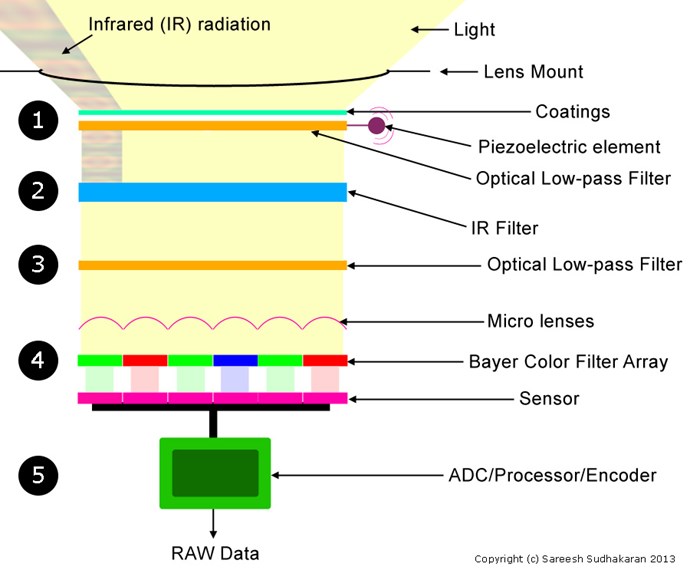
Please Note: Some Camera's seem to work much better than others!
Initially, I was sceptical, and thought, no, it cant be this easy, but after I watched this video and thought I would try this experiment out:
And yes, it does work! I tried with two cameras, first was a very cheap webcam:
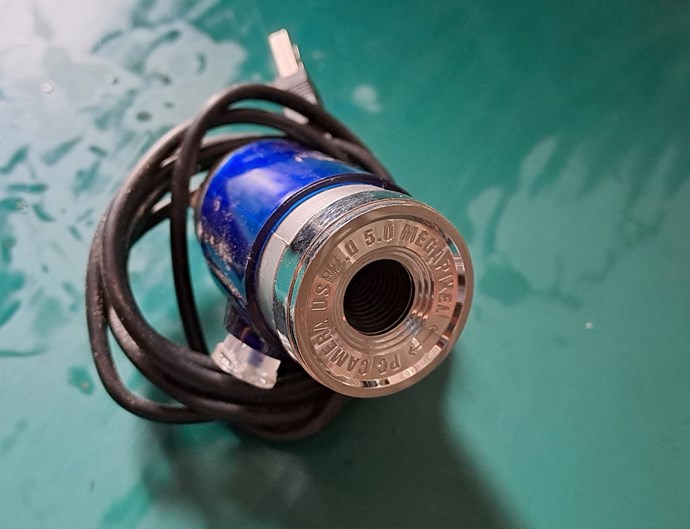
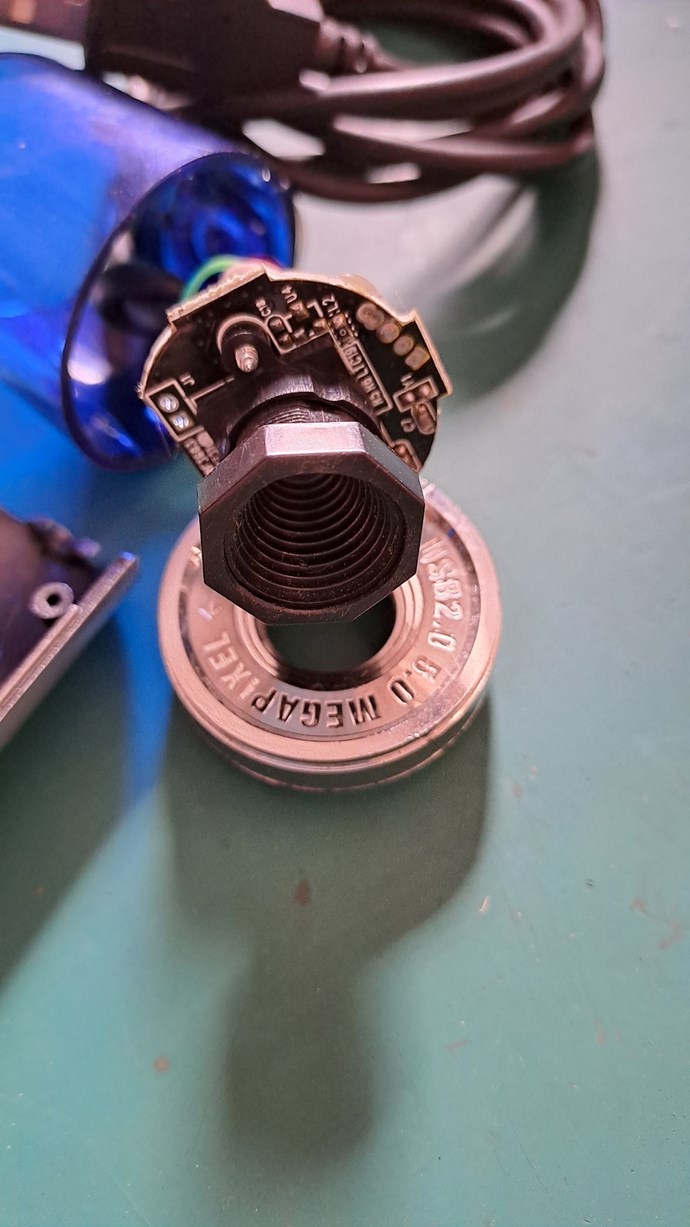
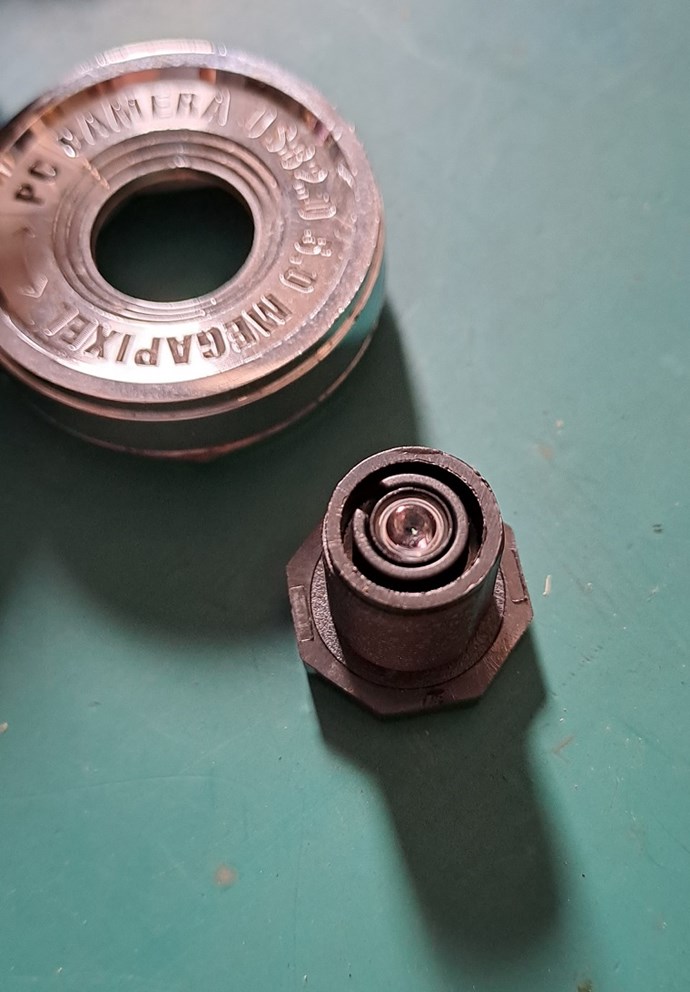
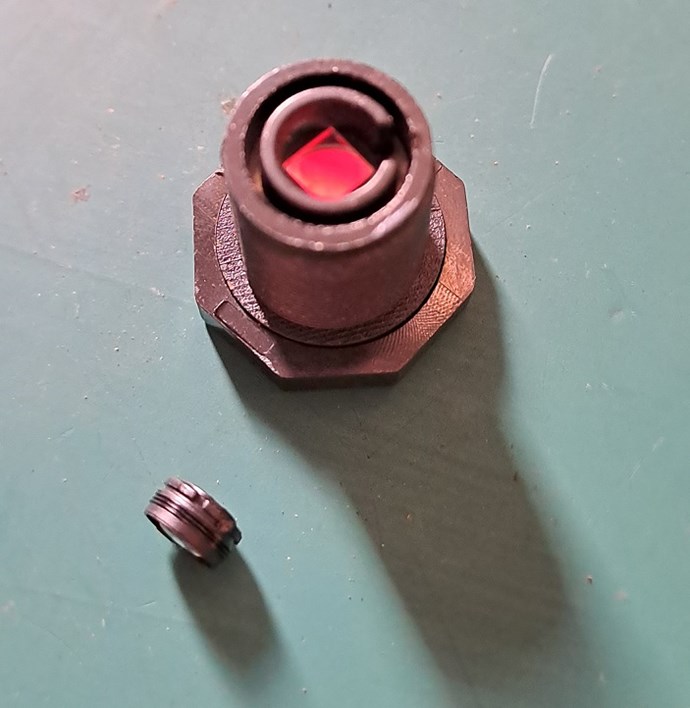
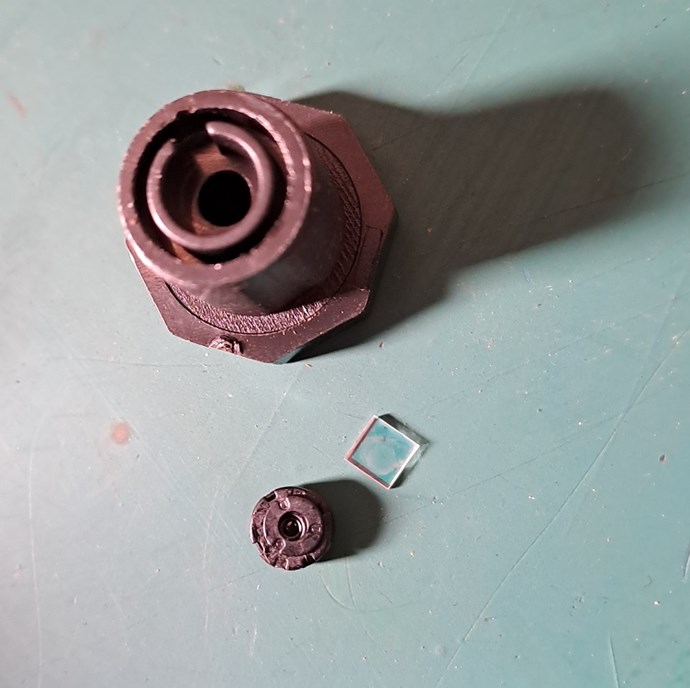
The result:

and second was a little bit more expensive Microsoft Lifecam:

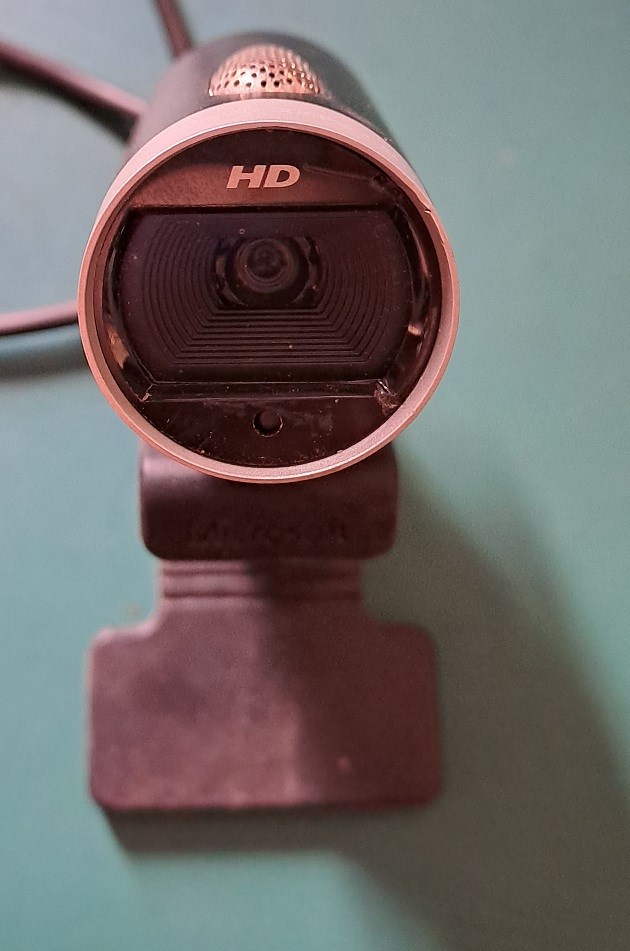
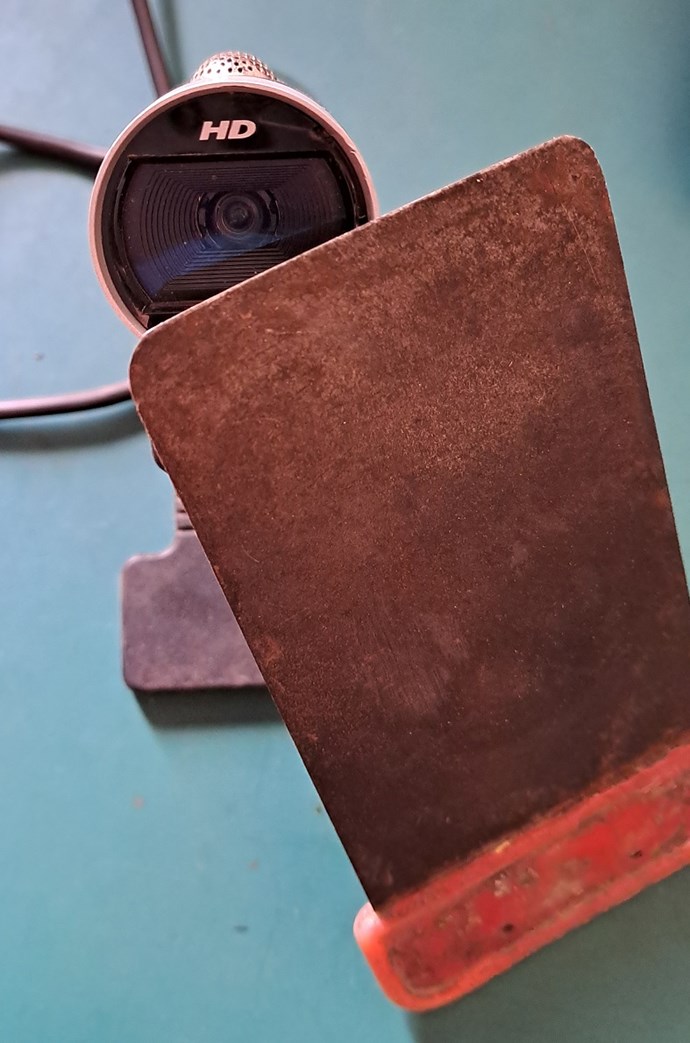
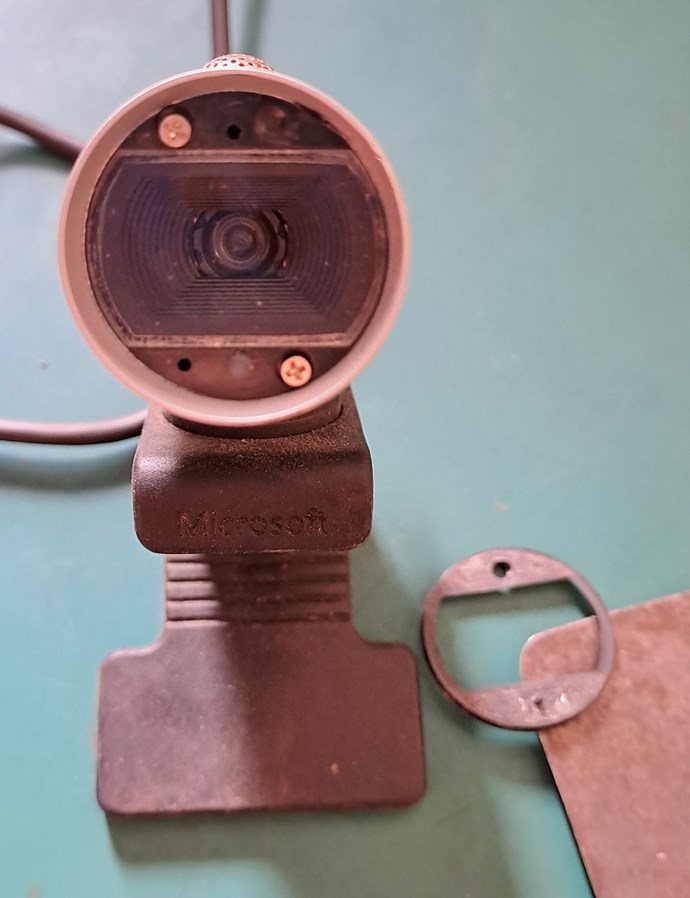
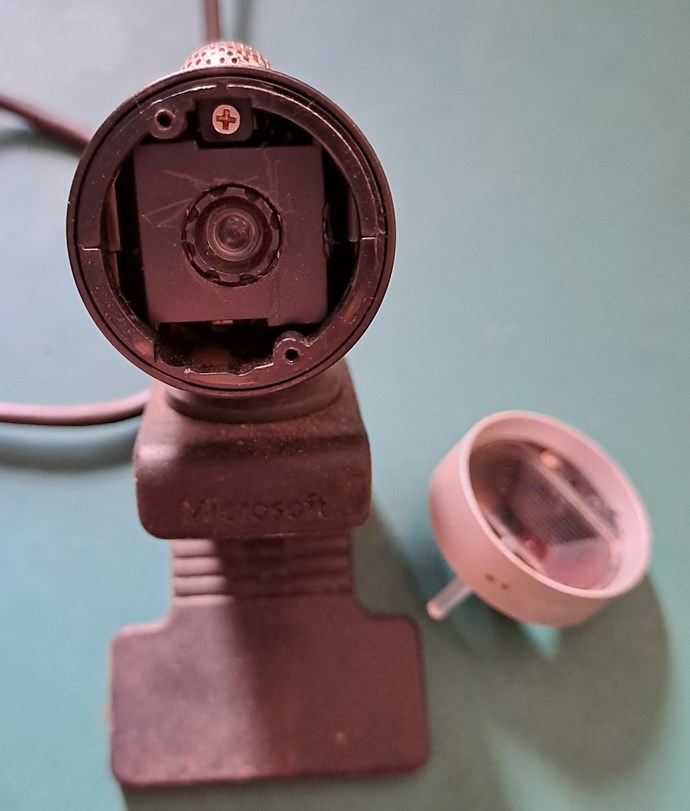
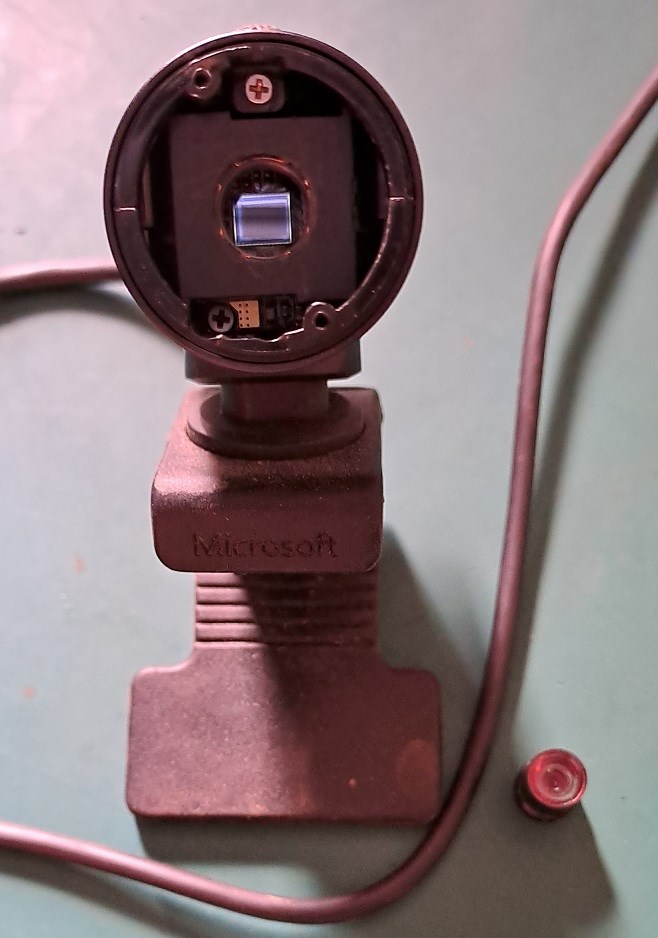
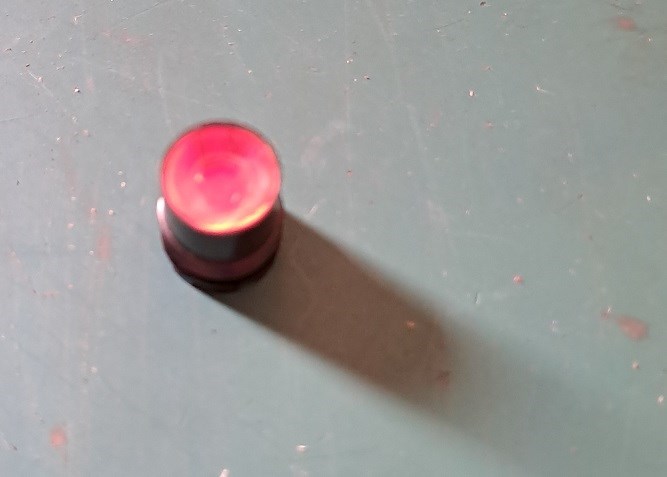
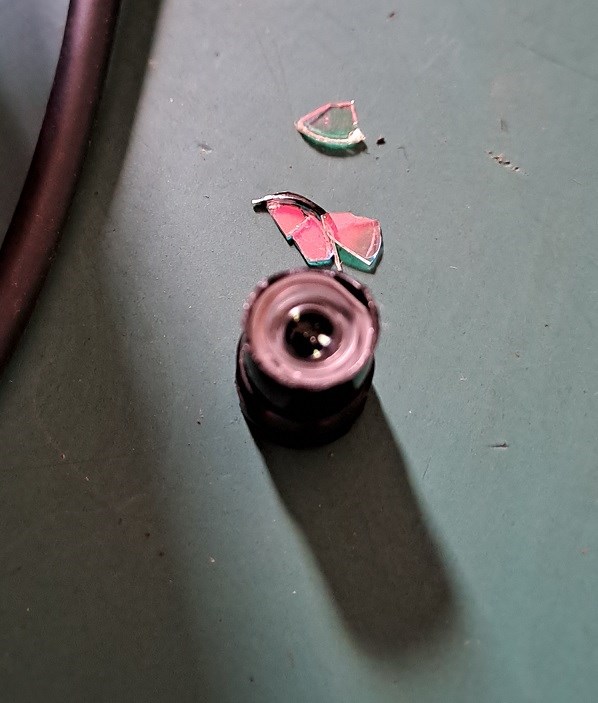
Both were quite easy to modify, the El Cheapo Webcam was a little easier, the Microsoft Lifecam was a little harder, but gave a much better result.

And, a short video of an IR Reflecting Object moving with a very unorthodox Flight Path! Bird or a Plane, or?
You can see, I have a mark, possibly some dirt, or a scratch on the lens that is showing as a blurry spot on the image.
Of course, the Focus is important, and a little difficult to achieve if the Lens are dirty or have finger prints on them, so keeping them clean and dust free is very important.
As a comparison, here is a video I watched, it shows a IR Convert, which seems to work exactly the same way and does take fantastic Images:
WOW, almost as good, with a budget dusty, dirty and an experiment on cheap rubbish cameras!
Of course, Coils or Electromagnets emit Electromagnetic Waves in the Spectrum we are observing today, but where do they fit? In the Low, all the way to High Frequency right?
Baerndorfer has shown some images of Coils in the IR Spectrum here:
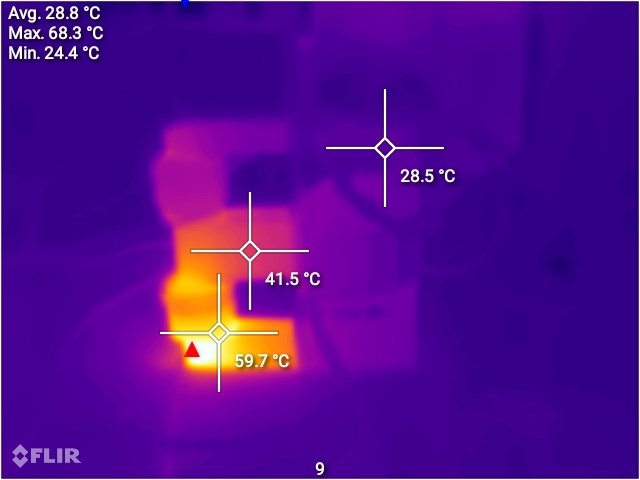
Is this a useful Hack, I think so!
Best Wishes,
Chris


